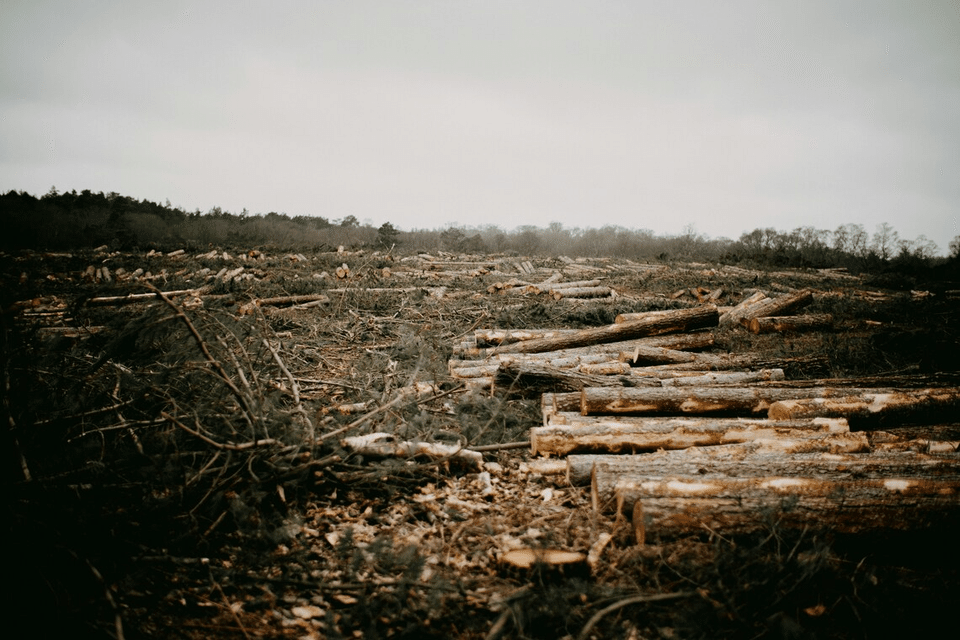Singapore to update carbon credit eligibility list following first purchase of nature-based credits

(Photo credit: Unsplash)
Source: The Straits Times
Three of the four projects that Singapore recently secured its first set of nature-based carbon credits from will use two newly approved methodologies that will be added to the Republic’s eligibility list for international carbon crediting, with additional safeguards.
Both protocols fall under carbon crediting programme Verra, and will be included in the implementation agreements that Singapore has signed with Peru and Ghana, where the three projects are sited.
The first applies to afforestation, reforestation and revegetation (ARR) projects.
It sets out rules for quantifying carbon dioxide captured by planting trees in an area that previously did not have any forest cover, or by restoring forests or vegetation.
This applies to the project in Ghana, which aims to restore the Kwahu tropical forest landscape and rejuvenate 51,000ha of degraded land.
The second is an updated method that improves Redd+ projects by introducing more precise, jurisdiction-wide baseline maps, among other things.
Redd+ stands for reducing emissions from deforestation and forest degradation, while conserving and sustainably managing forests, and enhancing carbon storage.
Two projects in Peru involve protecting forested areas from logging.
The Government will spend $76.4 million to buy more than two million carbon credits from these three projects and a fourth in Paraguay. Each credit represents one tonne of carbon dioxide that is either removed from the atmosphere, such as through a restoration effort, or prevented from being released, such as when a forest is saved from logging.
The request for proposal said developers could propose methodologies not currently on the authorities’ eligibility list.
Asked why the three projects were approved while the methodologies were not on the list, the National Climate Change Secretariat (NCCS) told The Straits Times: “Singapore’s eligibility list is reviewed regularly to maintain relevance and to ensure the required environmental integrity standards continue to be upheld.”
NCCS added: “We assessed that (the two methodologies) can meet our eligibility criteria with additional environmental integrity safeguards on top of methodology-level requirements.”
Project developers using these methodologies must meet Singapore’s safeguards, which tighten the requirements related to permanence, additionality and leakage, to ensure that the credits are of a high standard and represent actual emission reductions.
Singapore requires reversals – events such as wildfire or logging that releases locked-in carbon back into the atmosphere, thus threatening permanence – to be monitored or verified by an independent monitoring system for reporting purposes.
Additionality is a core principle of carbon projects, ensuring that the reduction in emissions from the project would not have occurred without revenue from the sale of carbon credits.
Project developers must conduct additionality reassessments at every credit issuance if the last assessment was more than five years ago.
For ARR projects like the one in Ghana, credits generated must carry Verra’s Abacus label.
This indicates high-quality credits from ecosystem restoration and reforestation projects with high integrity standards, and that the project maintains or improves agricultural production in its area and surrounding landscape.
For Redd+ projects like those in Peru, project developers must verify that the claimed reductions actually happened and that the project has not leaked or shifted emissions to other areas.
Thus, the amount of leakage – or deforestation outside the projects’ boundaries – is accounted for before the credits are transferred to Singapore, to minimise overestimating the amount of forests conserved.
This aims to plug the loophole in the Redd+ method, which requires project developers to track leakage only in the immediate vicinities beyond the project area.
Mr Rueban Manokara, global lead of the carbon finance and markets task force at conservation group World Wide Fund for Nature, pointed out that logging in areas farther away from the project is not accounted for.
Singapore, which has estimated that it would use high-quality carbon credits to offset about 2.51 million tonnes of emissions a year over this decade, currently has carbon trading agreements with nine countries.
Its eligibility list of carbon project methodologies first published in 2023 listed nature-based projects, but these were primarily in agricultural land management; blue carbon, which refers to carbon stored in coastal and marine ecosystems like mangroves; and grassland sectors.
Such projects tend to be smaller in scale with clearer project boundaries, thereby reducing risks of leakage, a government spokesperson previously said.
